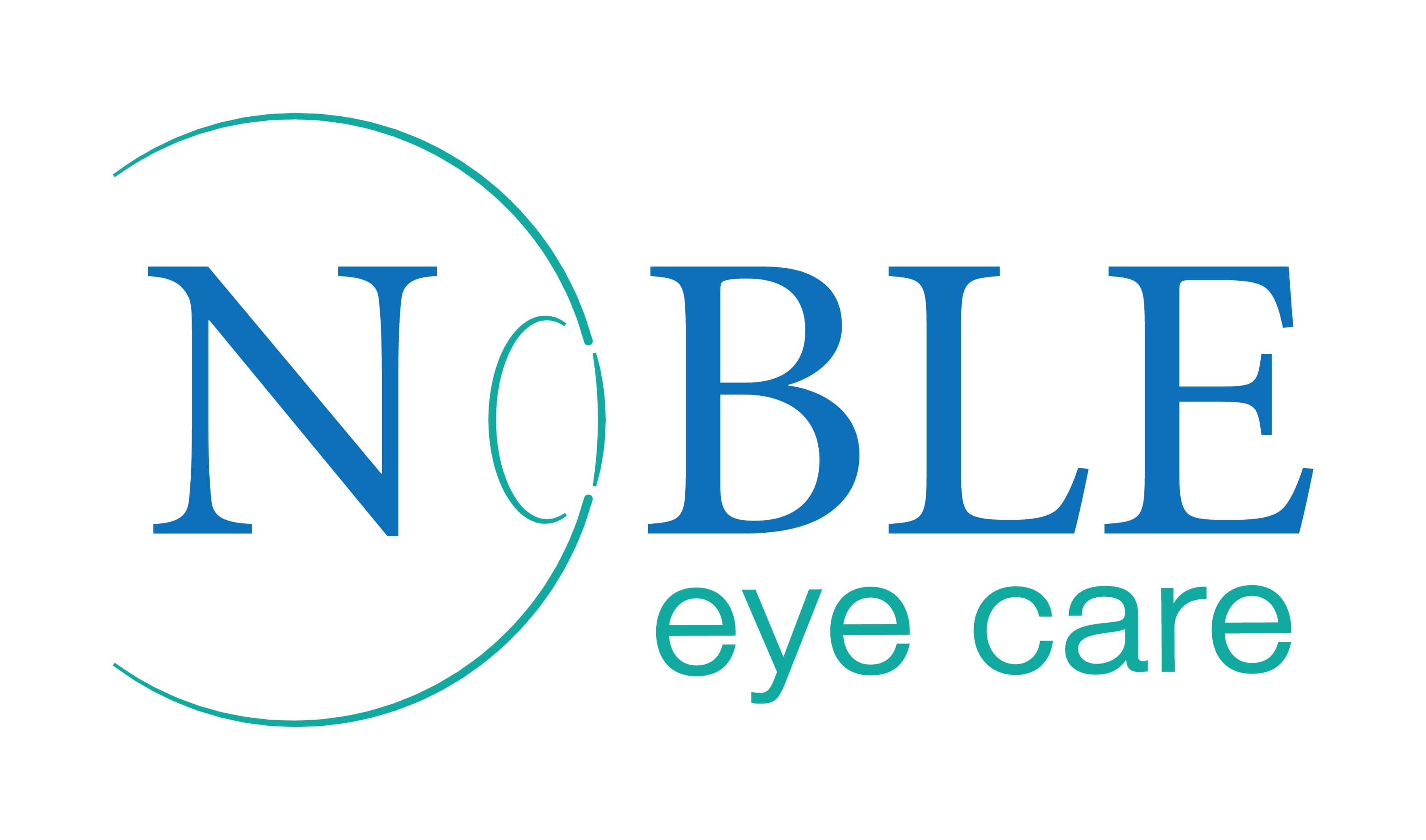What is ptosis?
Ptosis refers to a drooping eyelid of one or both eyes. It can be present at birth (congenital) or occur later in life (acquired).

A Child with severe ptosis in both eyes
What causes ptosis?
The upper eyelid contains a muscle (levator palpebrae superioris) which helps to keep it lifted up. Poor development of this muscle can lead to an inability to properly open the eye. It is the most common cause of congenital ptosis. Acquired ptosis can be caused by many reasons including trauma, eyelid inflammation, infections, eyelid masses and neurological problems.
What are the problems associated with ptosis?
The drooping eyelid can cause various eye problems apart from just bad cosmesis. These are dependent on the severity of the droop and may warrant early correction of ptosis. These problems include development of astigmatism (due to altered shape of cornea), amblyopia (due to blockage of visual axis), habitual chin up position and squint. Sometimes the child uses other muscles in the forehead (frontalis) to try and elevate the eyelid causing furrows to appear on the forehead.
How is ptosis evaluated by the eye doctor?
The ophthalmologist takes a detailed history of onset and variability of ptosis. Specific examination for ptosis includes measuring amount of ptosis with a ruler, checking movement of eyelids, eyes and protective bell’s reflex and looking for any change in eyelid position with gaze or jaw movement. Refractive error, amblyopia and squint are looked for. In most cases no specific investigations are needed.
What is the treatment of ptosis?
Treatment of ptosis includes management of associated complications such as refractive error, squint and amblyopia as well as correction of the eyelid position and movement by surgery. If there is significant astigmatism, squint or amblyopia, then an early surgery for correction of ptosis is needed (in early childhood), else a surgery can be done in adolescence or adulthood for cosmetic purposes. Surgery entails either tightening the existing eyelid muscle or suspending the eyelid from a sling. In some cases, special glasses called crutch glasses may be used as a temporary measure to keep the eyelids lifted.
![DigvijayProfile[1]](https://drdigvijaysingh.com/wp-content/uploads/2017/11/DigvijayProfile1.jpg)
